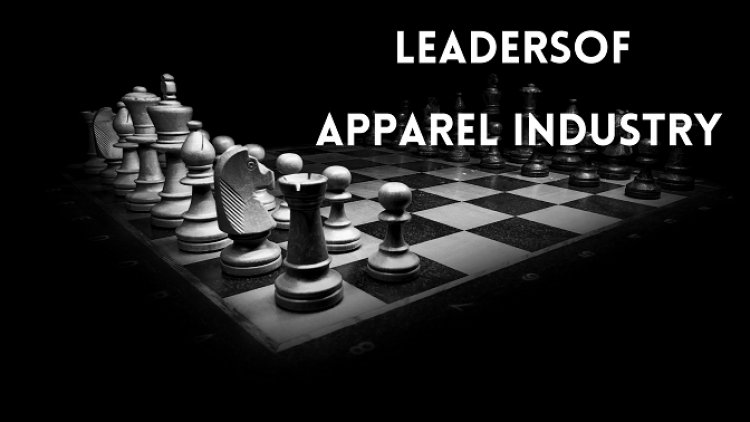6 Rulers of Apparel Industry | Texhour
Buying offices are the intermediate between the buyer and exporter. Nowadays why buying offices are greater intelligence in the apparel industry because it’s difficult for an exporter or manufacturer to employ the skilled professional to do great communication and follow up with the buyer.

6 Rulers of Apparel Industry:
-
Buying office
-
Buying agent
-
Exporter
-
Export merchandiser
-
Supplier
-
Job workers
1. Buying office:
Buying offices are the intermediate between the buyer and exporter. Nowadays why buying offices are greater intelligence in the apparel industry because it’s difficult for an exporter or manufacturer to employ the skilled professional to do great communication and follow up with the buyer. But the buying houses had done that properly so the buyers are moving on buying offices. Only the big exporter can directly deal business with the international buyers.
2. Buying agents:
Similar to buying house the buying agents are also act as an intermediate between the buyer and exporter. Why buying agents because the small or medium range buyers don’t have a buying office and they hired the exporters through these agents. These agents are working on a commission basis and their responsibilities are order placement, negotiation on the product and they will be guiding for the buyer.
3. Exporter:
Exporters are the manufacturer of the garment and have their own license (IEC – Import Export Code) for the export of manufactured goods. They also own the production and merchandising facilities and pursue the order through direct buyer or buying offices.
4. Export merchandiser:
Export merchandiser is the person who communicates with the buyer in the name of the company or exporter. Like communication, order placement, planning, sourcing, negotiation, costing, reporting are some of the few responsibilities of the export merchandiser. They are the only person who coordinates in all activities of the export order.
5. Supplier:
Export merchandiser sourcing the raw materials, trims and accessories from the suppliers. The raw materials like yarn, sewing thread, fabric, machinery parts etc… and the supplier may be the reputed one.
6. Job workers:
Job workers are workers who work for the exporters. They own their own production unit but don’t have a license (IEC) to export the goods. They earn a profit on the basis of piece rate.





